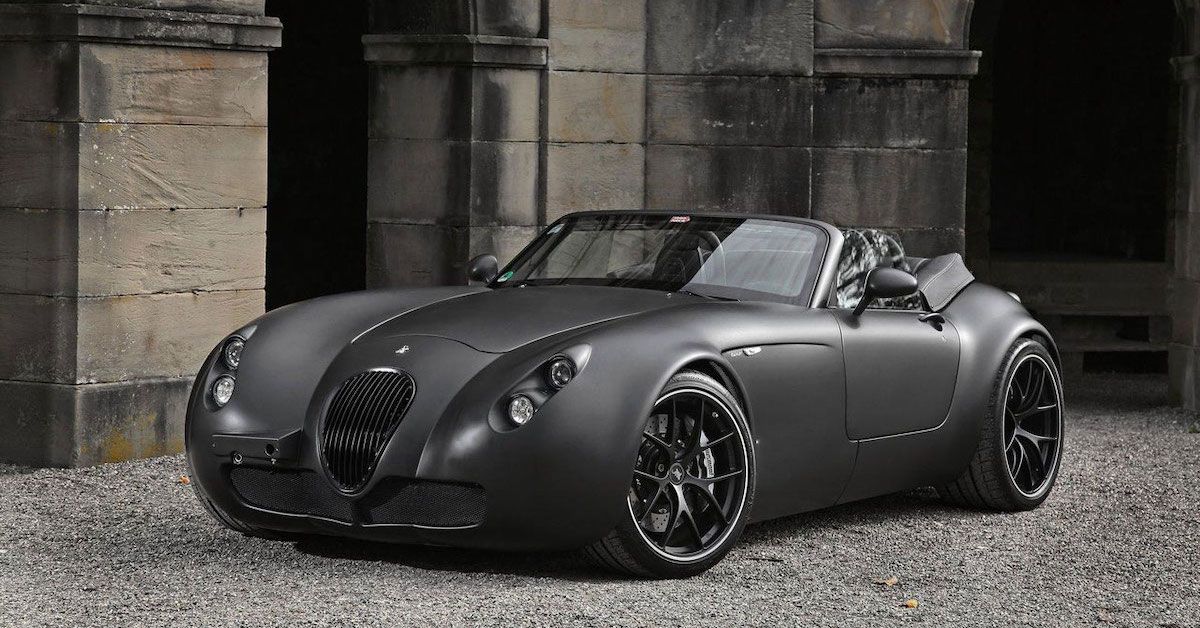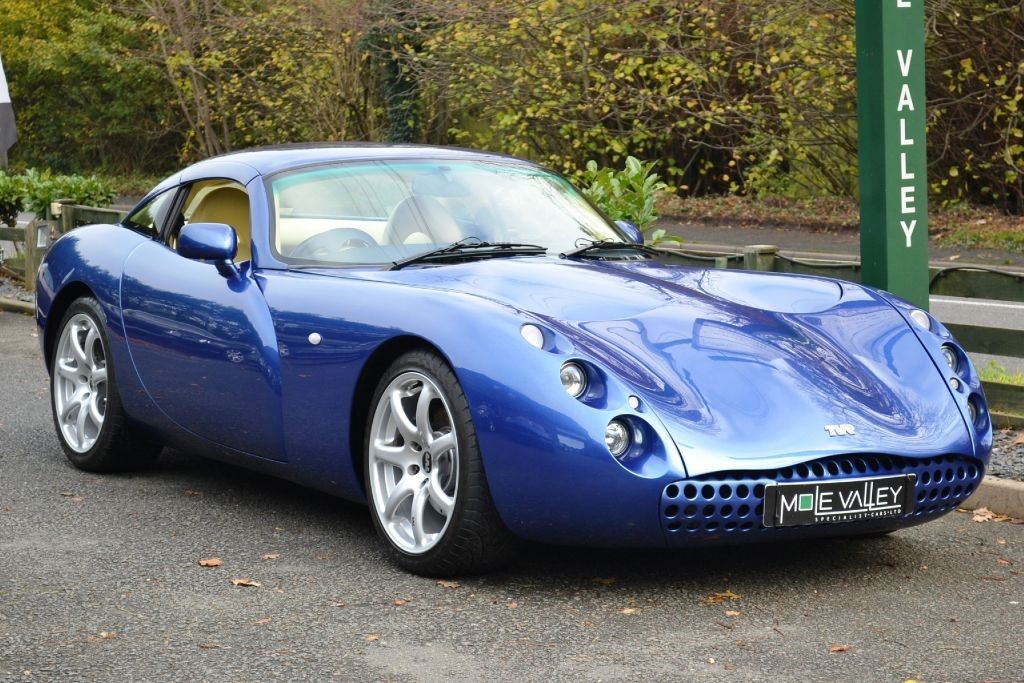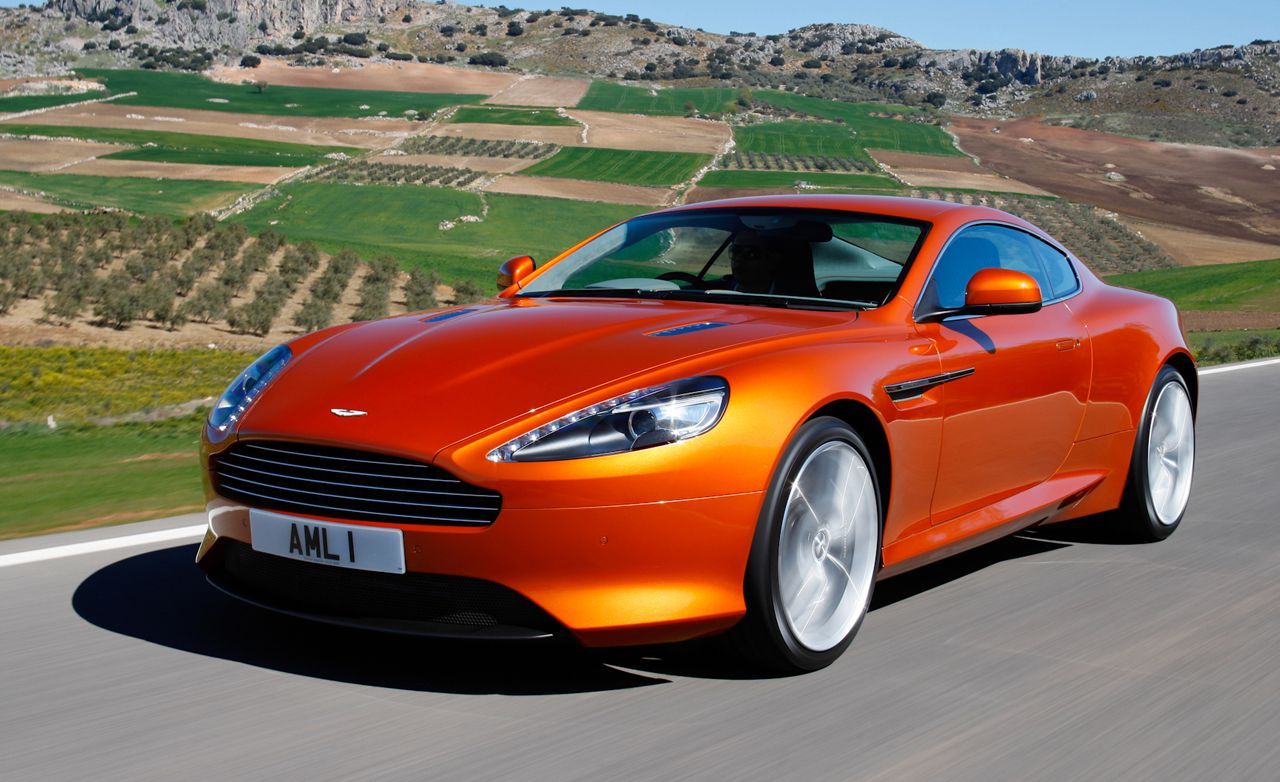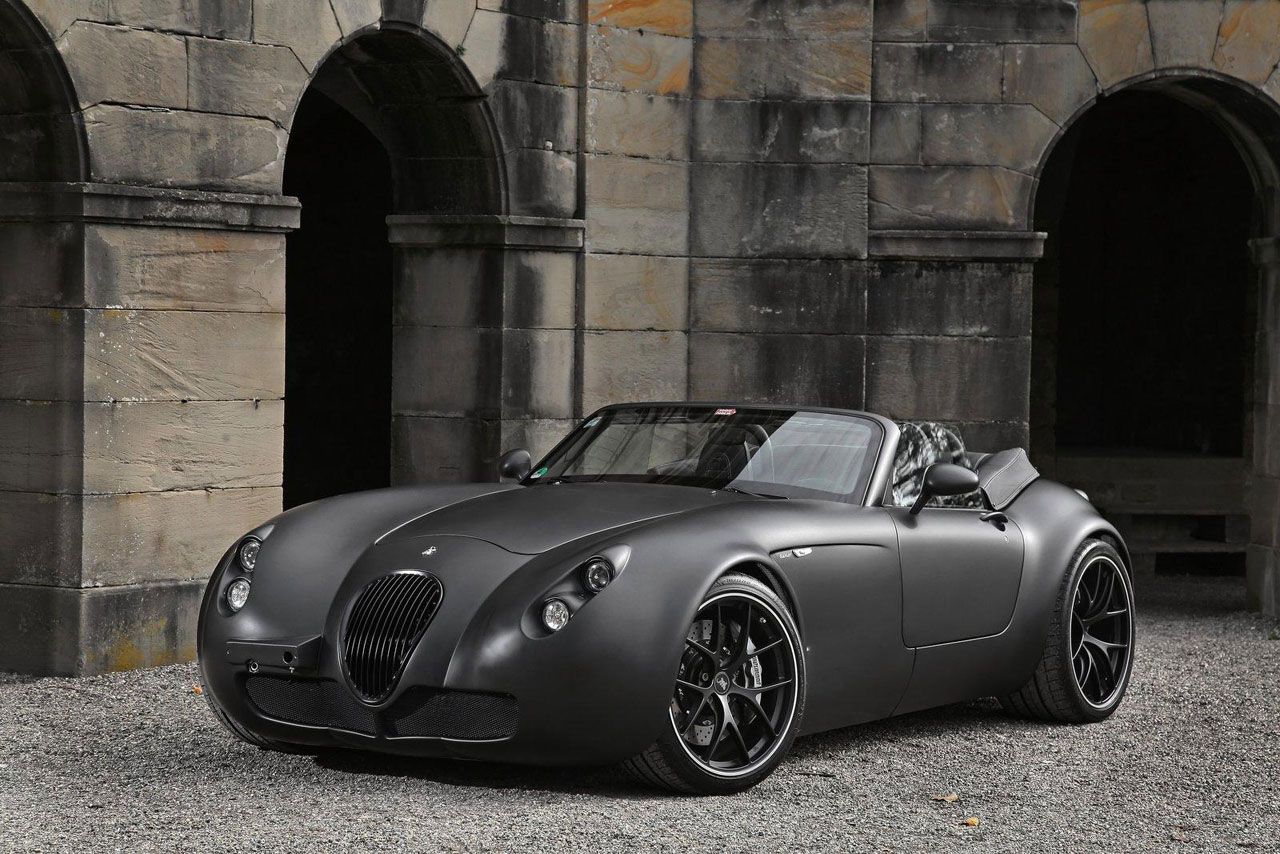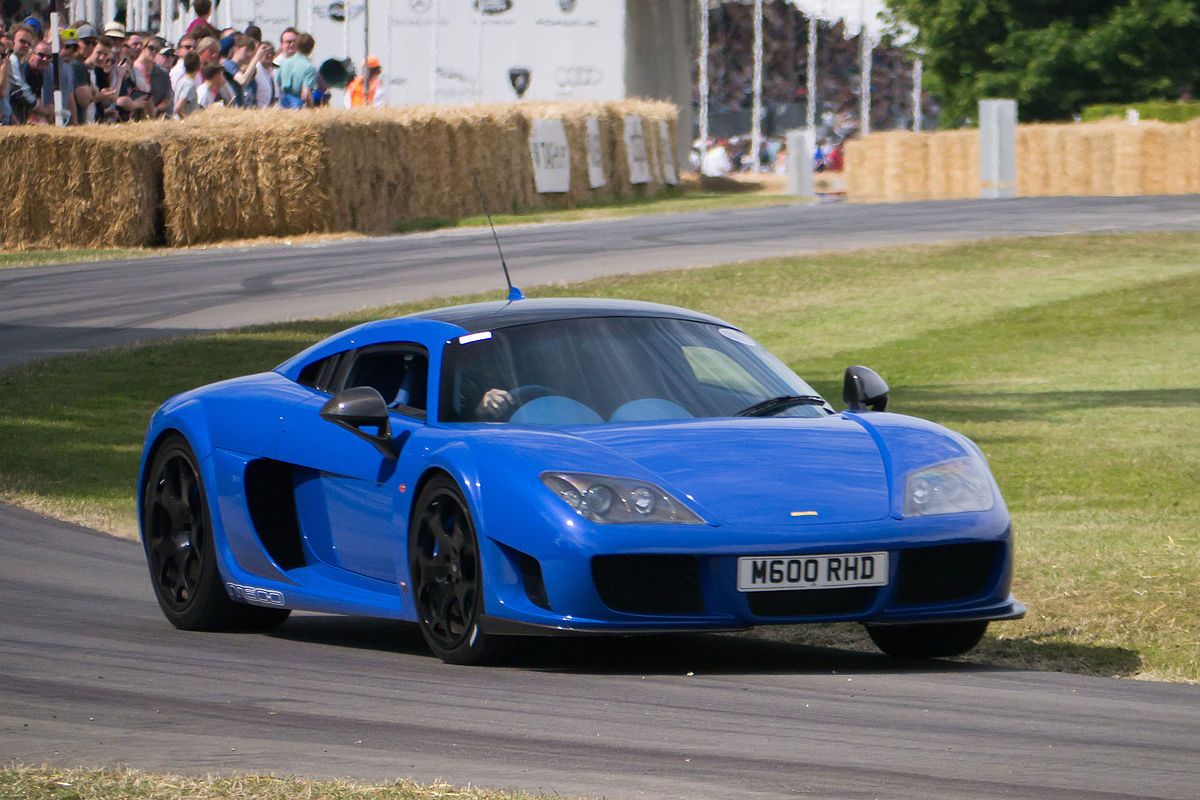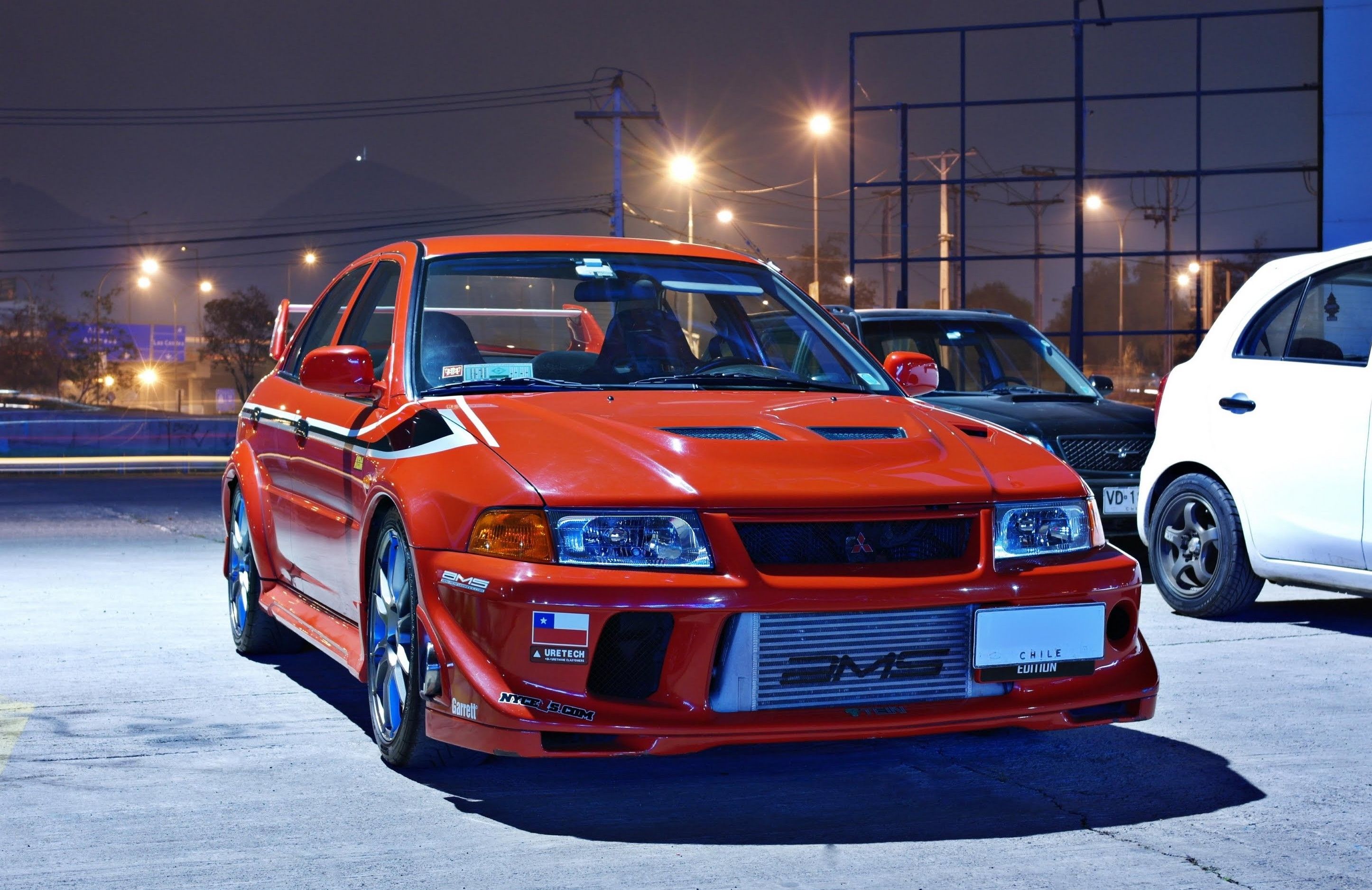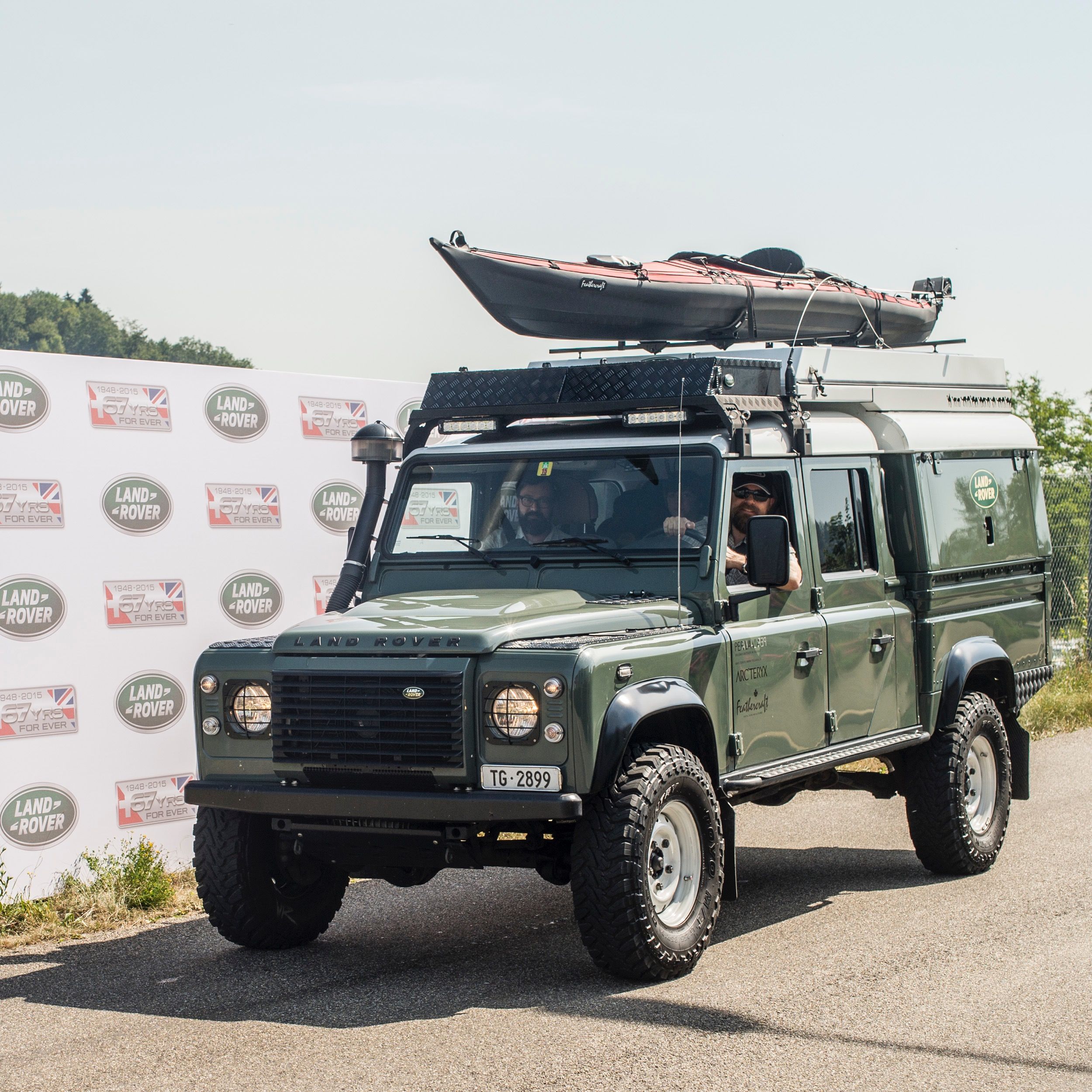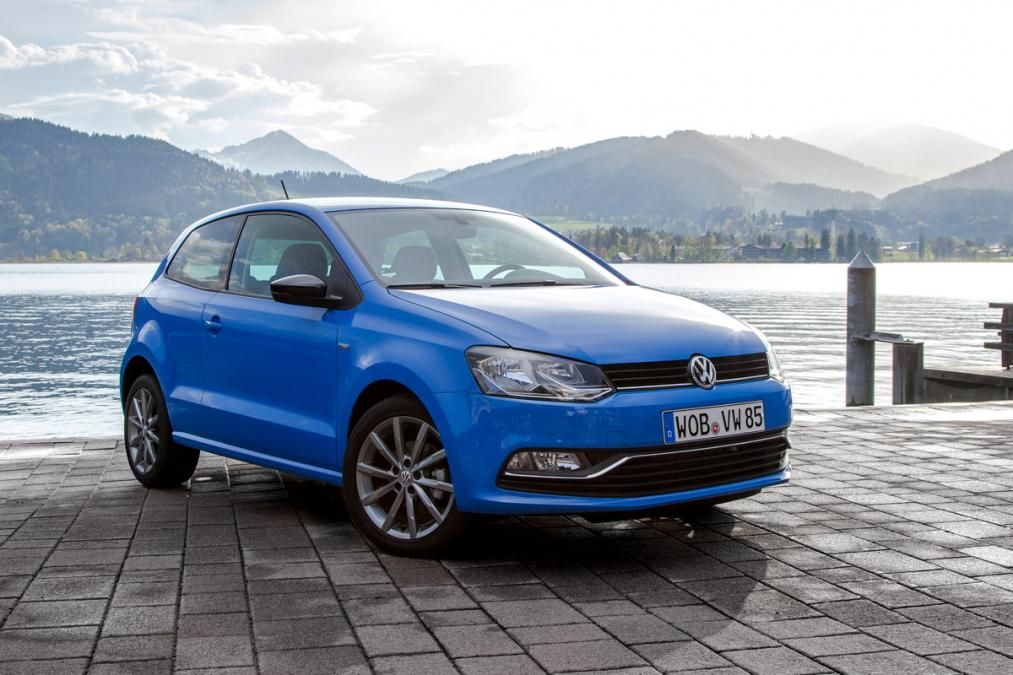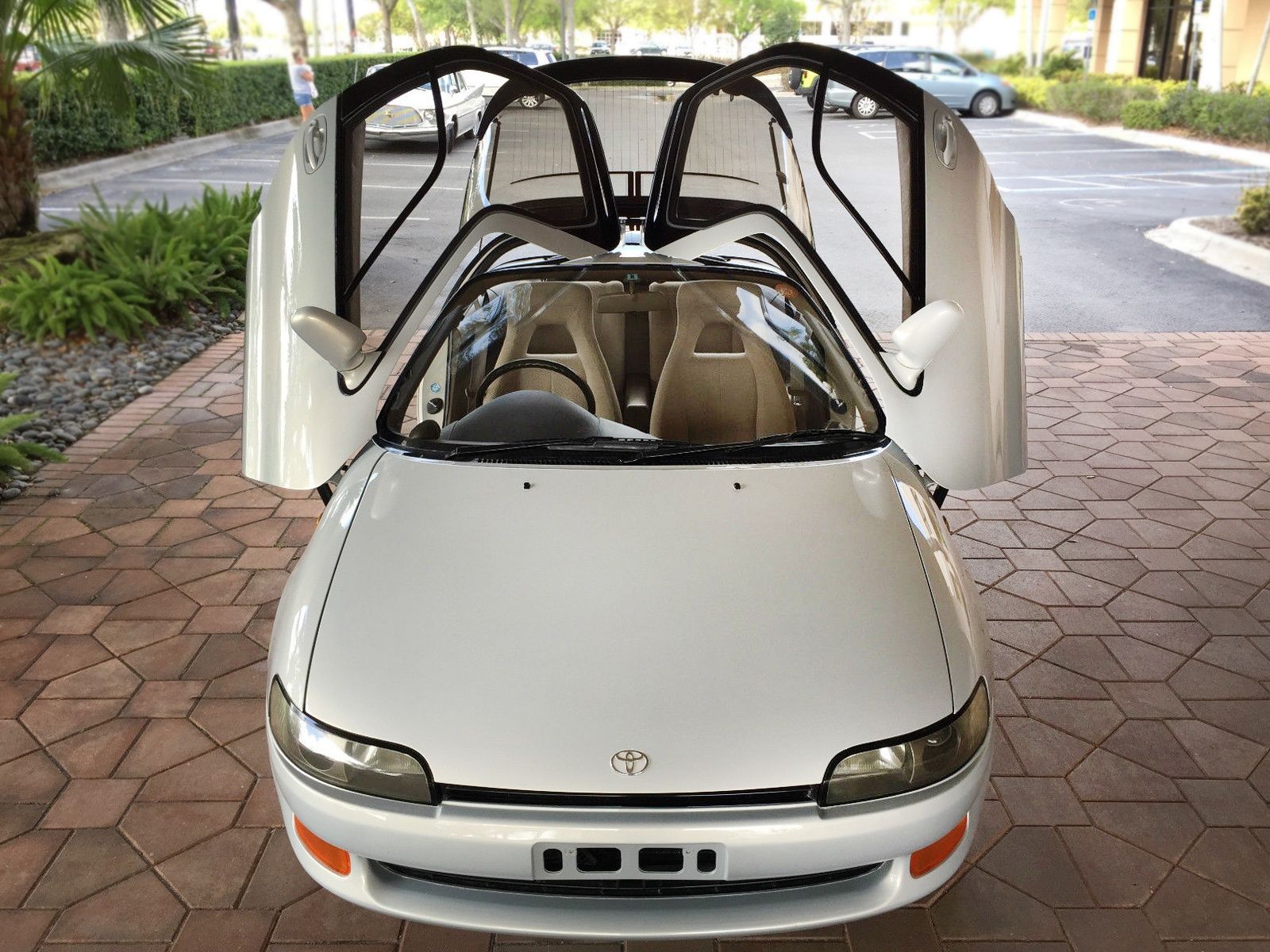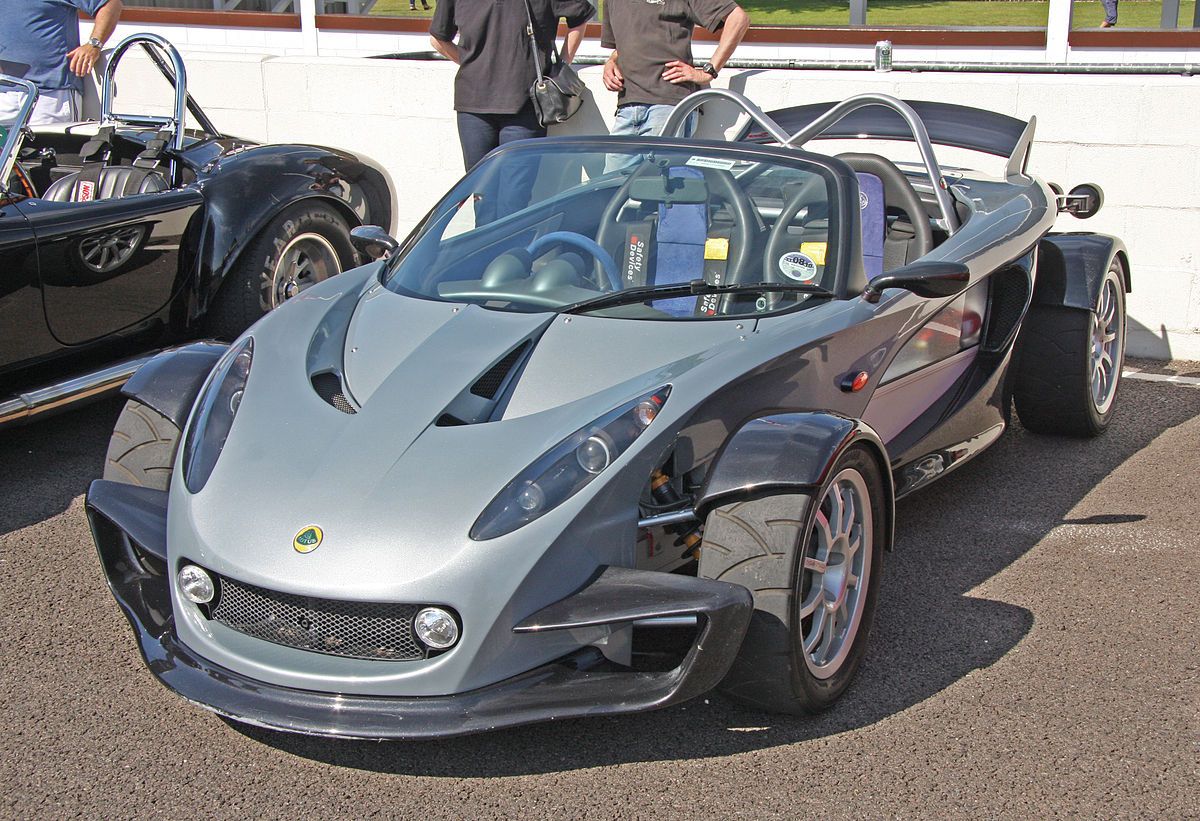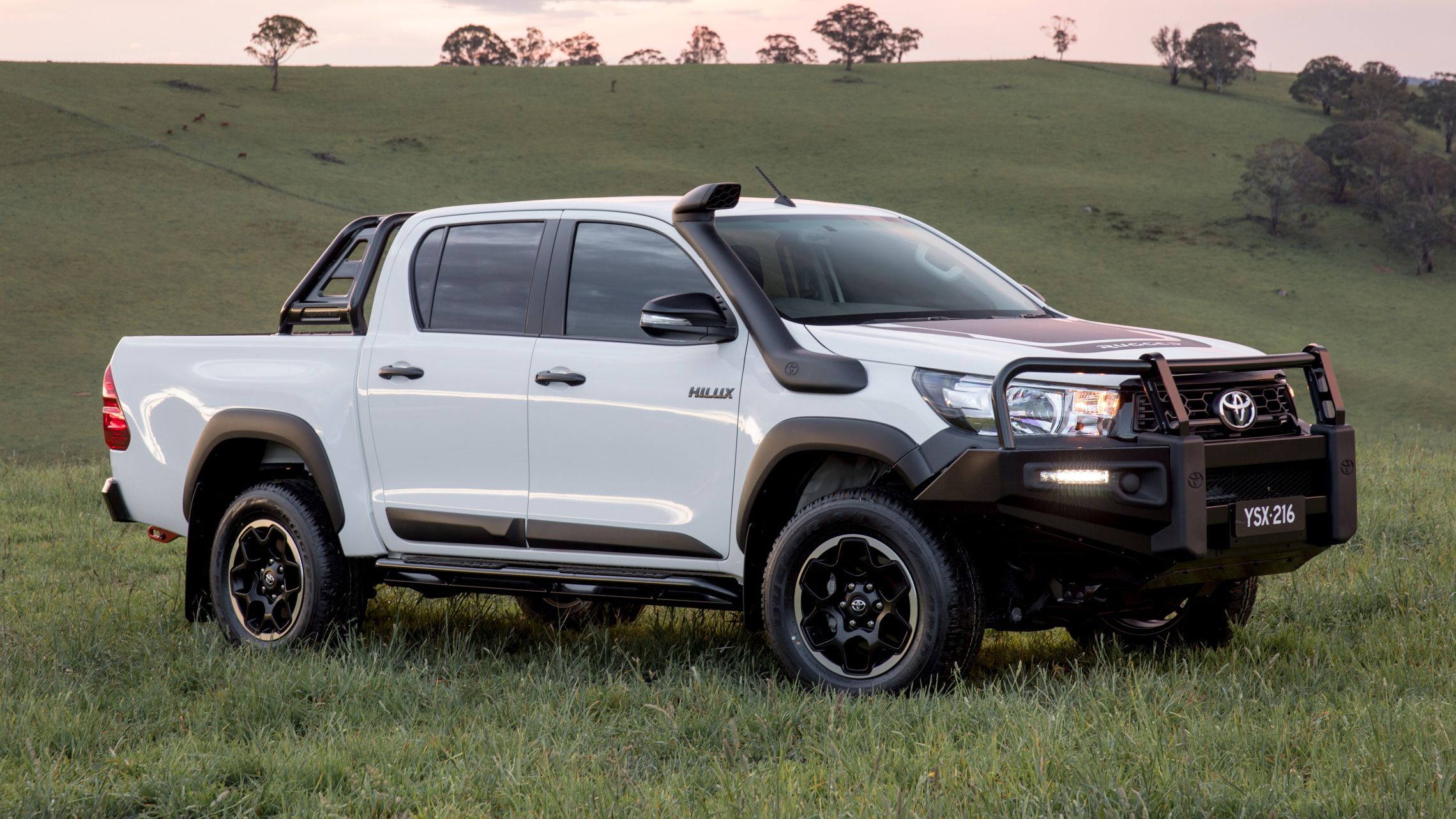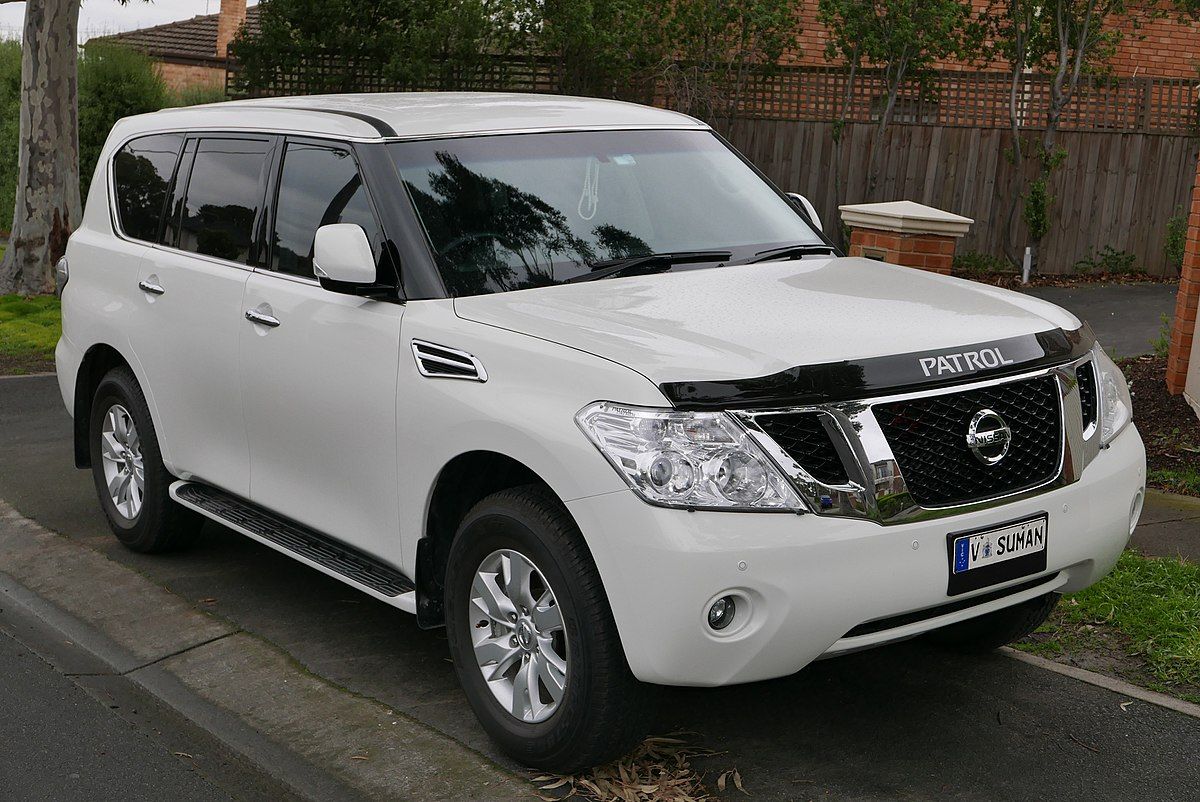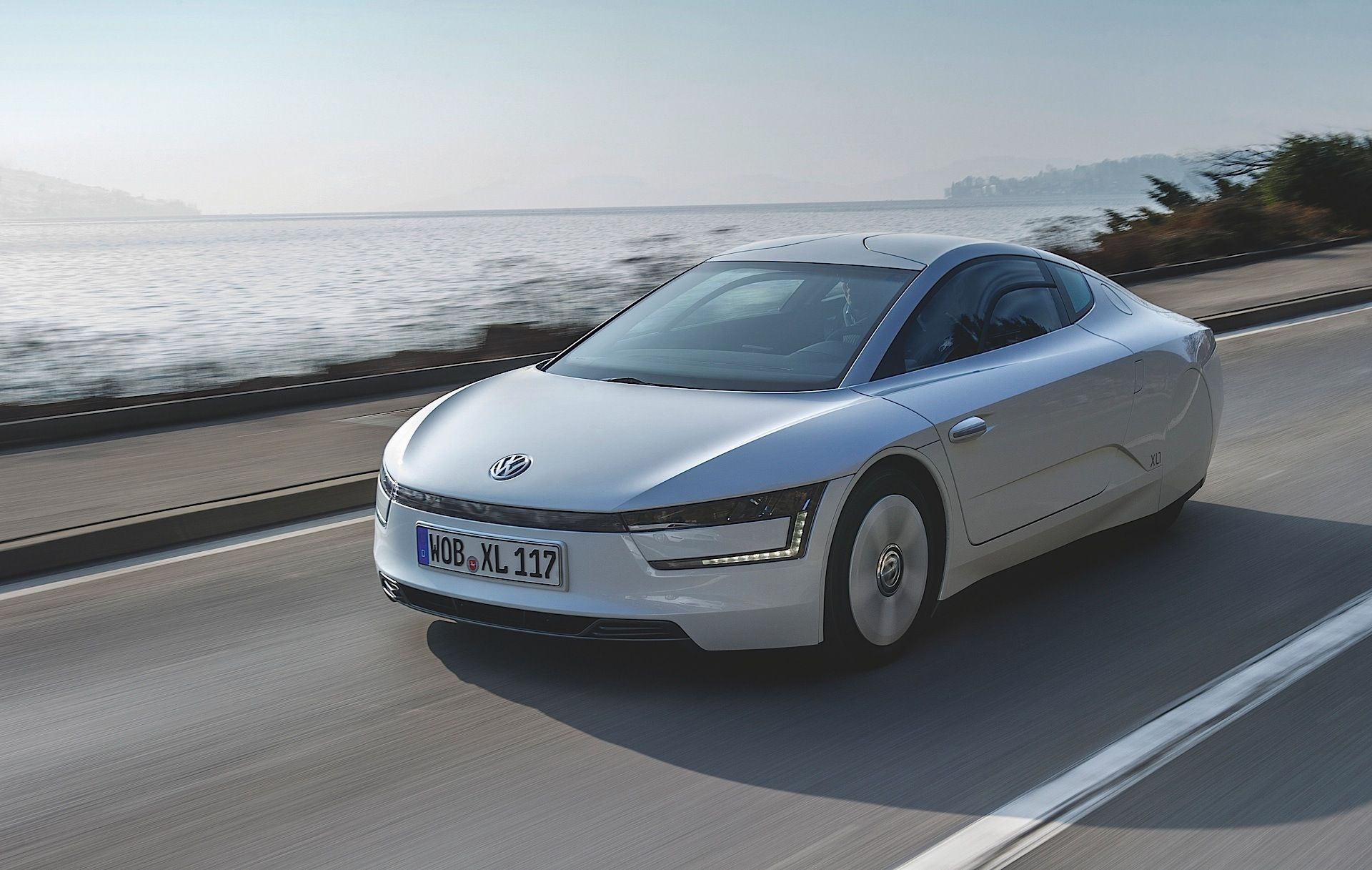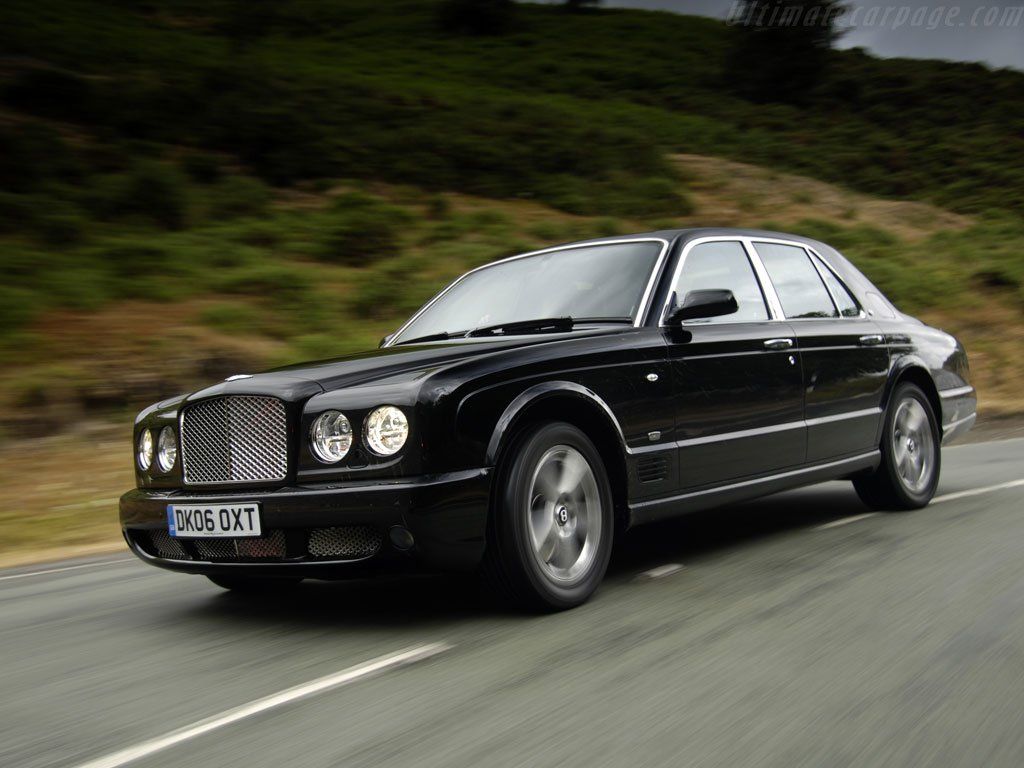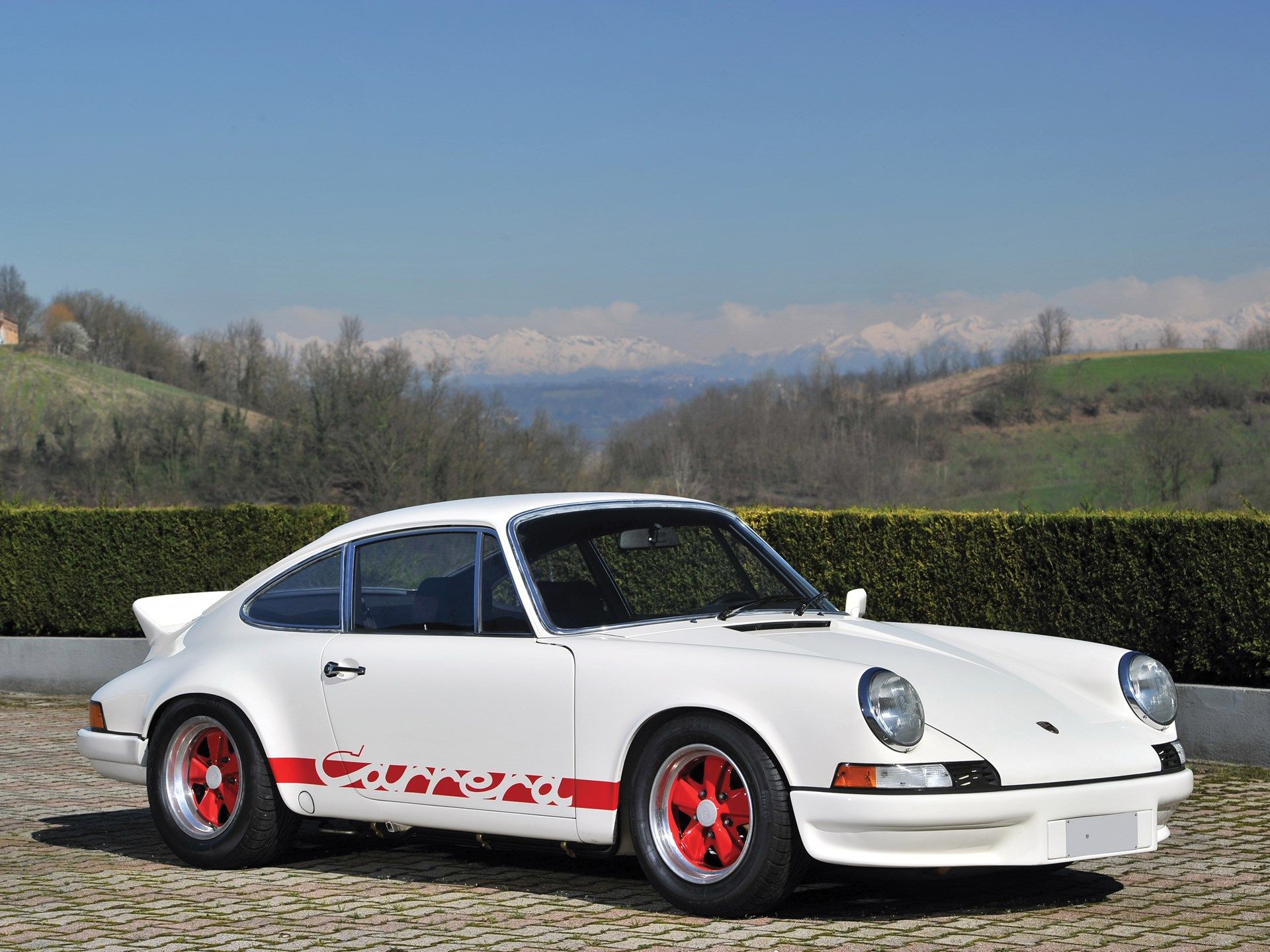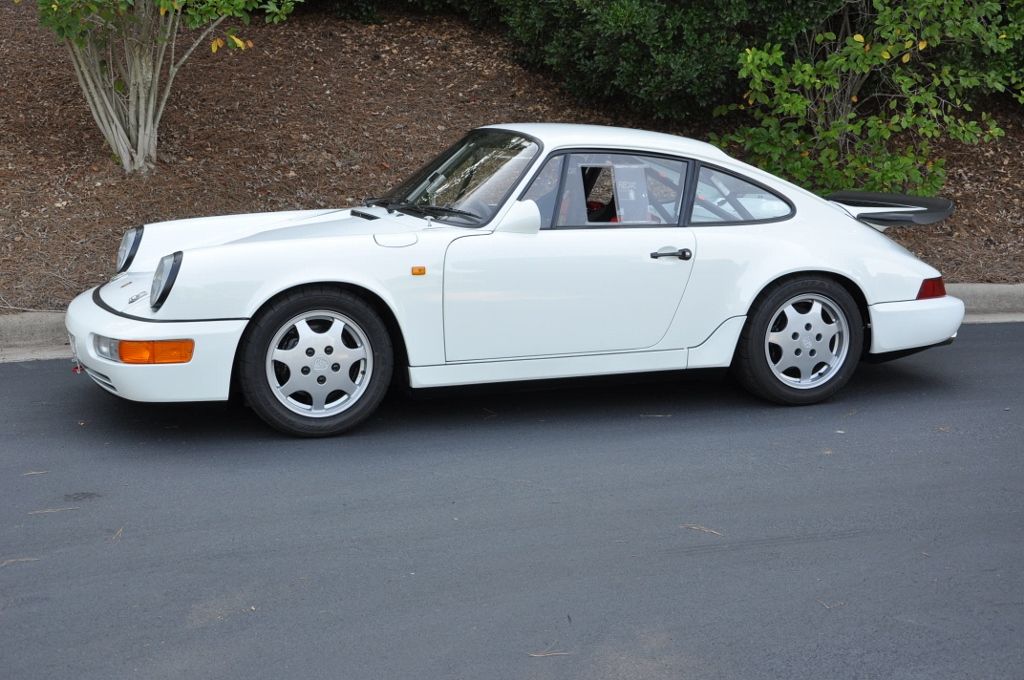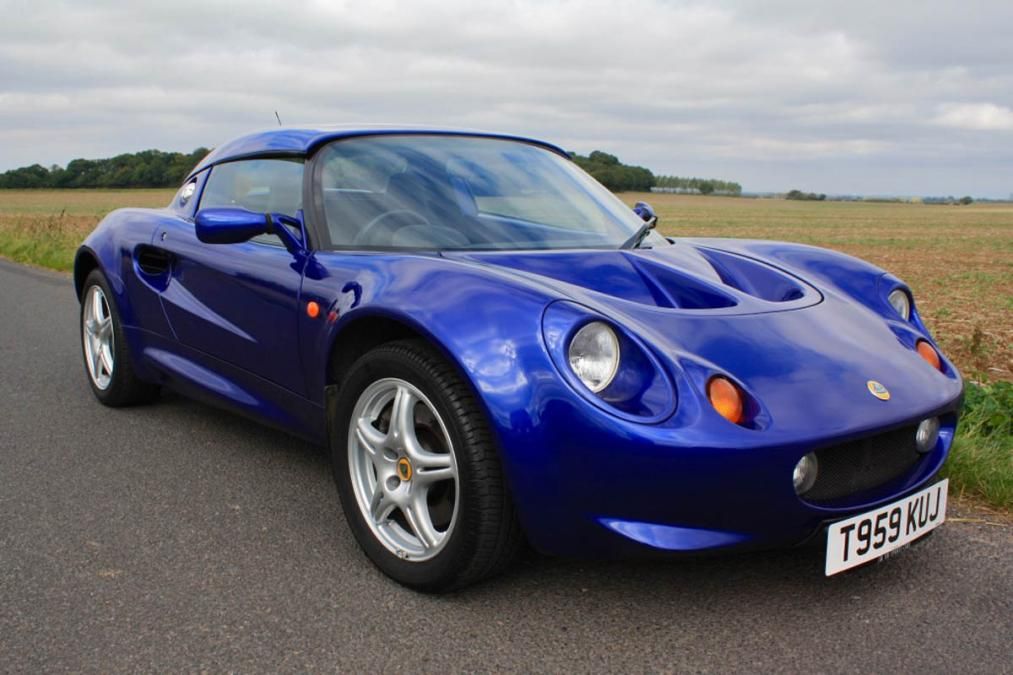The United States is the home and birthplace to some of the best automobiles in the world. From massive pickup trucks to muscle cars and supercars, the country continues to bless the world with excellent vehicles that consumers can never have enough of. And if Americans don't feel satisfied with their homebred cars, there's the option of importing from other countries. Still, there's quite a list of excellent vehicles that Americans will never get to drive. The government bans these vehicles from public roads either because of emissions, uncontrollable speeds, or other reasons. Whatever the reasons, it is always to protect drivers and passengers.
Updated April 2022: The American auto market is one of the largest in the world. Buyers can get nearly every vehicle, from the American muscle car to JDM sports cars. However, there are some excellent cars that are illegal on American roads. To ensure you stay informed, we've updated this list to showcase some of the best foreign cars that have been banned from entering the United States.
Across the globe, auto manufacturers build cars to suit their country's driving needs and culture. And no matter how pleasing they are in their mother countries, those same ideas don't always resonate with the rules of vehicles in the United States. Whether it was for violating safety or emission rules, here is a list of cars Americans will never have the privilege of driving.
16 TVR Tuscan
All TVR cars built between 1996 and 2006 are banned in America. This includes the 2003 Tuscan used in John Travolta's film Swordfish. With a front-mounted 4.0-liter inline-6 with 360 horsepower, the 2-door RWD sports convertible accelerates from 0-60 mph in around four seconds and has a top speed of 174 mph, making it one of the fastest British sports cars of the 1990s.
The car is banned from America because the safety standards in Europe are generally a lot looser than in America, meaning cars like the Tuscan are not safe enough for American drivers. The Tuscans are known for their lack of safety airbags and anti-lock brakes. It'll take a lot of work modifying one of these to make them street-legal in America.
15 Aston Martin Virage
The Virage is one of the most iconic Aston Martins of all time. It was first introduced in 1989 and discontinued in 2000, before returning in 2011 and exiting the following year. The Virage is a 2+2 roadster that packs a 5.9-liter AM11 V12 engine that produces 490 horsepower. The Virage is commended for being sharp in handling.
The first iteration of the Virage was available in America between 1990 and 1993. However, America stopped supporting the car due to the lack of passenger airbags and the inability to pass American emission standards. If Aston Martin had been a little more serious with business, the second Virage produced in 2011 would have been a beautiful car for American buyers.
14 Wiesmann GT MF5
Wiesmann was an independent German car manufacturer specializing in hand-built, custom vehicles before it was liquidated in May 2014. One of the most notable designs from Wiesmann is the GT MF5, which was limited to a production number of 55 units in 2009. Under the GT MF5's hood was a V10 BMW S85 with 547 horsepower.
The car is tuned for track performance. And even though it's not street-legal in America, it would cost an arm and leg were it available. Although it was limited to 55 units, in the end, the brand built only 43 cars, making the GT MF5 quite rare. Other than being impossible for the vehicle to pass the United States safety test, it would be pretty impossible to find one to purchase.
13 Noble M600
Much like the GT MF5, the Noble M600 is a hand-built, custom-designed supercar that makes a name for itself on the closed track. The car is powered by a 4439 cc 60-degree Yamaha-derived Volvo B8444S V8 engine, also powering Volvo XC90 and S80. The engine is fitted with twin Garrett turbochargers with variable boost. The Garret turbocharger allows drivers to choose between 450 and 650 horsepower. With this power, the Noble M600 can go from 0-60 mph in 3 seconds and clear the quarter-mile in 10.5 seconds.
The car was banned in the United States due to safety problems, but its price of close to $200,000 was enough to have it declared illegal. This costly sports car has no anti-lock brakes and has limited servo assistance.
12 Mitsubishi Lancer Evolution Tommi Makinen Models
As part of the sixth generation of the illustrious Lancer Evo, Mitsubishi released a special edition named after the Finnish rally driver, Tommi Mäkinen. This edition comes in two trims: the RS and GSR, both with a list of modifications, tweaks, and upgrades designed to make it as refined as possible. The RS included a shortened shift ratio, a rear limited-slip differential, and optional Brembo brakes, while the GSR comes equipped with Active Yaw Control, an Anti-Lock Braking System, and bucket seats.
These upgrades, plus a tuned version of the turbocharged, 276-horsepower, 2-liter 4-cylinder engine from the stock Evo, makes the Mäkinen Evolution a swift, special edition rally car. It's really a shame that this fantastic build was never brought to American markets.
11 Land Rover Defender
Harking back to 1983, Land Rover released a four-wheel drive, off-road vehicle known as the Defender, based on the original Land Rover series that made its debut in 1948 at the Amsterdam Motor Show. The '90s Defenders had a 2.5-liter turbo diesel engine known as the 200TDi, which could put out about 107 horsepower, but later saw an upgrade to the 300TDi.
The 200TDi was loosely based on the existing Defender engine but featured a few upgrades like an alloy cylinder head, which improved turbocharging, inter-cooling, and direct injection. The 1993 Defender 110 is listed explicitly on the NHSTA's blacklist, which means it's barred from entry into the United States. The vehicle lacked several modern safety features, including airbags.
10 Volkswagen Polo BlueMotion
During the fourth generation of the Polo, Volkswagen released a BlueMotion version of the car, decreasing its environmental footprint. BlueMotion is an ongoing name badge for Volkswagen, as there have been a few models that feature a BlueMotion trim, denoting a modified build that is more eco-friendly.
In the case of the Polo, the stock 1.4-liter engine was modified to have longer gear ratios, the body was made more aerodynamic, the tires were replaced with low rolling resistant tires, and many of the alloys used in construction were replaced with more lightweight versions. The result was a 70 mpg hatchback that America would never be privileged enough to own
9 Toyota Sera
The Toyota Sera is one of the most exciting models that Toyota has ever made. The Sera is a 3-door, 2+2 hatchback built with a glass roof canopy and butterfly doors, giving it a unique, supercar-esque appearance.
In terms of mechanics, the Sera is a pretty much a run-of-the-mill sedan, including a 1.5-liter in-line-4 engine.
Still, surprisingly, there were other non-performance-related additions to the car, like an advanced surround sound audio system. The Sera was restricted to the Japanese domestic market. And featuring its timeless design of a sedan with butterfly wings, this car would have been an excellent choice for American gearheads.
8 Lotus 340R
In 2000, Lotus engineered one of the most interesting supercars, the 340R. Built with a 4-cylinder version of the Rover K-Series, the VHPD - Very High Power Derivative, the Lotus produces 175 horsepower. Due to its incredibly lightweight construction and superior weight distribution, the 340R accelerates from 0-60 mph in 4.4 seconds, which is outstanding considering the engine size.
However, this is precisely why it's not in America: the car does not meet safety regulations because of its subcompact design. It is technically road legal in the UK, but most Lotus 340Rs are reserved for the track.
7 Toyota Hilux
The Toyota Hilux is a unique pickup truck with a similar design to the SR5 but with a few differences. The Hilux comes equipped with a range of diesel engines, ranging from 2.0-liter to 4.0-liter, producing between 139 and 235 horsepower. Consumers commend the Hilux for being well-built, reliable, and always ready for work. It also comes with an optional 4WD for off-road driving.
While there are many other trucks in Toyota's catalog that are basically equivalent to the Hilux, it's still unfortunate that the Hilux never made it to America. While it's not technically banned from entering the country, the American government imposes a heavy tax, 25 percent, on imported lightweight trucks like the Hilux.
6 Nissan Patrol
The Nissan Patrol is like a Pathfinder lookalike, although it's more closely related to the Armada. The fifth generation of the car is the favorite among many buyers. Dubbed the Y61, the fifth generation was produced between 1997 and 2013. It was available in different trims, with engine sizes ranging from 2.8-liter to 4.5-liter. Throughout the 2000s, the Patrol underwent various facelifts and mechanical upgrades before getting axed from multiple markets in 2014. It remained in production in South Africa, the Middle East, Pakistan, Paraguay, Bolivia, Sri Lanka, and the Philippines.
Currently, the Patrol is not allowed in the United States. The vehicle has safety features that aren't up to code, and it probably doesn't meet the emission regulation requirements. If it did meet these requirements, the Patrol is a cooler alternative to the Nissan Xterra and the Pathfinder.
5 Volkswagen XL1
Unveiled at the 2011 Qatar Motor Show, the Volkswagen XL1 is the third version of Volkswagen's 1.0-liter car, which is essentially a plug-in diesel hybrid. Supposedly, the XL1 can achieve a theoretical fuel efficiency of 260 mpg from its 47-horsepower two-cylinder turbo-diesel engine.
Production began in 2013 and was limited to 250 units, which went to pre-sale applicants who essentially purchased the cars before they were made. So, despite the illegality of importing the XL1, it's safe to say it'd be nearly impossible to find one for sale anyway.
4 Bentley Azure Mark II
When Volkswagen acquired Bentley, the Azure was a stunning model in the middle of its first-generation, lasting until 2003. It wasn't until 2006 when Volkswagen executives decided to breathe life into the Azure and release the second generation, dubbed Mark II. Equipped with a turbocharged V8 making 450 horsepower, the Mark II is a potent, high-end luxury sedan.
It is the kind of a car expected to have a chauffeur behind the wheel. Unfortunately, the Azure was restricted to Russia, Europe, and the Middle East. It was also placed on the NHSTA's nonconforming vehicle list.
3 Porsche Carrera 911 RS
While there are many models of the Carrera available in America, there are other models that were only sold in specific markets and a myriad of models listed on the NHSTA's nonconforming vehicle list. The RS is one particular trim that never came to North America, which is a shame because its beastly speed is what Americans want.
The 1973 and 1974 models were built with a 210-horsepower, 2.7-liter engine that enabled this lightweight roadster to leave other cars in the dust. This Carrera is the most authentic statement of Porsche's commitment to building quality vehicles. While this Carerra is expertly designed and nearly flawless, it was not allowed on American roads. Reasons rotate around emission regulations and safety concerns.
2 Porsche Carrera 964 RS
The Porsche Carrera 964, dubbed 964 or Carrera 4, also had an RS model, released about 20 years after the 911 RS. It was based on the design of the 911 RS but included a revised engine that could output about 252 horsepower. Due to the ultra lightweight construction and stripping of most non-essential features, the 964 has an incredible power to weight ratio, creating a recipe for an absolute speed demon.
There was an American version, the 911 RS America (964), produced in 1993 and 1994. The American version was based on the Carrera 2. So, it didn't make much difference - the original Porsche 964 is restricted to European markets and barred from American import.
1 Lotus Elise Series 1
It's a little redundant to include both the 340R and the Series 1, as the 340R is essentially a later released trim of the Elise. Nonetheless, it's essential to mention the base model, as it stands alone as a fantastic roadster. Initially released in 1996, the Series 1 was designed by Julian Thompson to have an incredibly low curb weight and center of gravity.
This allows the car to be significantly faster than other cars with much bigger engines. All Lotus cars are so expertly designed that every driver wants to own one. However, the Elise Series 1 is not legal on American roads.

